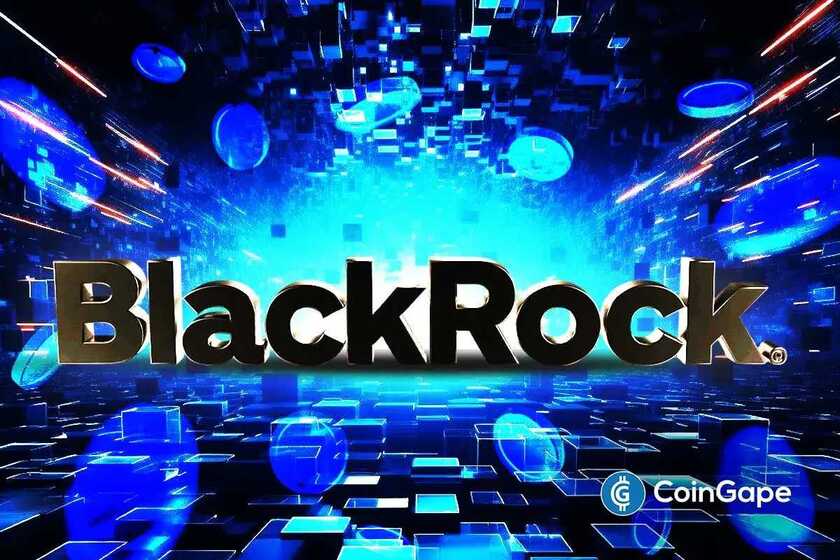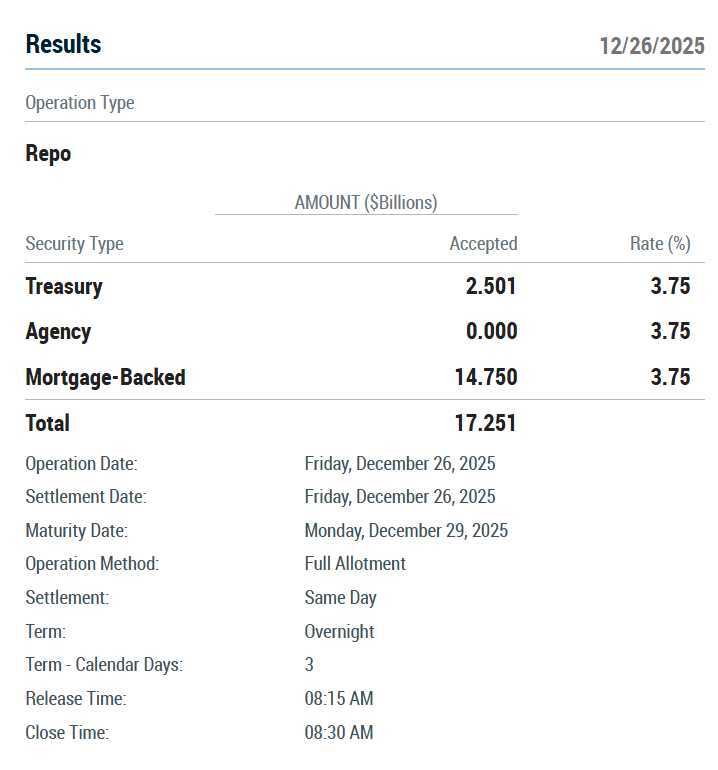Synopsis:
- Great Wealth Transfer will see $84 trillion of intragenerational asset transfer over the next 20 years
- Gen Y and Z investors favor investment in alternative asset types, which tokenization makes more investable for HNW clients
- Tokenization encourages platform changes, and will ultimately bring additional operational benefits
A triumvirate of large-scale market changes are set to transform the asset management industry over the next decade.
With trillions of dollars worth of assets set to flow into the wallets of Gen X, Y, and Z investors, much of which will accumulate onchain, asset managers who move first to serve this new market will gain an advantage in capturing this revenue opportunity. The immediate opportunity is similar to when the ETF format was introduced in 1993, with first-mover State Street launching the SPY (SPDR S&P 500 ETF)—now one of the largest ETFs globally. The tokenized asset format is today’s generational opportunity.
Tokenization can unlock accessibility to alternative asset types and more composable assets and structures, enabling a significant change in how investors manage portfolios. With greater automation and rules-based investment allocations, entirely new strategies could also become economically viable. Integrating existing platforms with next-generation digital systems will enable the industry to modernize in stages, ultimately allowing for the adoption of new asset types at scale.
The forthcoming vicennial transformation of the industry will enable it to transform and emerge triumphant. Those at the forefront of this technology evolution stand to dominate and shape the future of asset management.
Great Wealth Transfer prompts global investment shake-up
The asset management industry is on the cusp of the largest wealth transfer event ever, set to last for the next two decades. Consulting firm Cerulli Associates estimates $84 trillion in assets is set to change hands as wealth passes from the baby boomer generation to Gen X, Y, and Z investors.
However, the investment behavior of these younger benefactors differs significantly from their forebears in two ways. Holding Web3 wallets and accounts on Robinhood, rather than brokerage accounts like their parents, millennials are opting for a more self-service model in their long-term holdings. Add to that the shift in risk appetite, searching for higher growth through less conventional asset types like private markets and crypto, and the need for the industry to transform quickly is clear.
Whilst the industry is not currently set up to offer this new investor class more customization, as opposed to one-size-fits-all product offerings, an 80% majority of asset managers believe customization for the masses will be an important investment strategy in the next five years.

Ryan Lovell, Chainlink Labs
While asset managers could build their own proprietary blockchain infrastructure and smart contract systems from the ground up, that approach would require significant resources and specialized engineers, extend time to market, and be at higher risk of technical vulnerabilities or implementation errors. On the other hand, fully outsourcing the implementation would leave them with limited roadmap control, interoperability, and customizability, along with dependency risks.
Ryan Lovell, director of capital markets at Chainlink Labs, commented: “That’s why leading asset managers are taking a hybrid approach, leveraging both existing systems and Chainlink’s decentralized infrastructure to implement modular solutions that can scale across multiple blockchains.”
Industry transformation through tokenization
The launch of tokenized funds by firms such as BlackRock, Franklin Templeton, and Fidelity International has created a need for the fund administration industry to evolve to an onchain format. However, nearly all, 93% of fund services firms, have not automated data inputs, data checks, and key workflows, so their operations are still manually intensive, leading to increased operational costs, reduced liquidity, and missed investment opportunities. Standard transfer agent processing can take between one and three days for routine transactions, and between five and seven days for complex cases requiring additional compliance checks, cross-border settlements, or manual document verification.
“Operational efficiency is just the starting point of tokenizing funds,” said Lovell. “The real value is meeting the needs of future investors who are increasingly accumulating wealth across multiple blockchain networks.”
In order to reach this new onchain world, asset managers and their service providers may not want to make a huge investment to completely change their infrastructure, but instead adapt their existing systems to make them compatible with multiple blockchains.
For example, in November 2024, SBI Digital Markets, UBS Asset Management, and Chainlink completed the implementation of a tokenized fund to demonstrate how existing fund administration processes can be successfully made compatible with tokenized funds.
SBI Digital Markets, as a custodian and fund distributor, used smart contracts, oracle networks, and multiple blockchains to automate its processes. One of the key components was the digital transfer agent smart contract, which used multiple oracle networks from Chainlink and its blockchain-agnostic architecture to create a unified golden record.
Lovell compared the digital transfer agent to an offchain/onchain coordinator that does everything that a traditional transfer agent does, but in digital form.
“It does not replace the existing system but enables firms to be compatible with blockchain and then offer a service that can scale to all their customers,” he said. “Asset managers should be demanding this from their service providers.”
The pilot showed that a tokenized fund could maintain its share register on one blockchain while using Chainlink’s Cross-Chain Interoperability Protocol (CCIP) to enable the processing of intensive fund lifecycle activities such as subscriptions and redemptions on different blockchains while meeting institutional security and compliance standards.
Swift, UBS Asset Management, and Chainlink also settled tokenized fund subscriptions and redemptions using the Swift network, which enables payments with fiat currencies across more than 11,500 financial institutions in over 200 countries.

Winston Quek, SBI Digital Markets
Winston Quek, CEO at SBI Digital Markets, said in a statement: “This new way of launching fund structures and administering them via smart contracts empowers both fund managers and their service providers to deliver new onchain financial products and lower operational costs to investors, both things they are actively looking for.”
In addition to lowering costs, using blockchains increases transparency and allows real-time reconciliation between the fund distributor and the fund issuer. Lovell highlighted that Chainlink can also use the same architecture to enable investors who want to hold tokens that are backed by offchain assets, settle these tokens across any blockchain, incorporate data that is needed to process transactions onchain, such as NAV data, and coordinate payments between distributors and the asset managers.
In the U.S. there are requirements around private and public funds and Chainlink enables asset managers to consolidate and consume onchain record keeping while fulfilling regulatory obligations. U.S. funds also require the distributor to onboard users and buy and sell the fund while the custodian and fund accountant provide reporting data.
“We allow all of those service providers to coordinate outside of their firewalls,” said Lovell. “Chainlink’s goal is to enable the TradFi and DeFi worlds to seamlessly connect, which increases utility.”
The Great Wealth Transfer is driving asset management onchain
With $84 trillion set to flow from baby boomers to Gen X, Y, and Z, their demand for alternative asset types and customization will shape the future of asset management. While today’s systems may be prohibitively expensive to offer these benefits at scale, tokenization changes the economics.
Tokenized funds by BlackRock, Franklin Templeton, and Fidelity International have already proven the demand for onchain assets, while a solution by SBI Digital Markets, UBS Asset Management, and Chainlink has demonstrated the operational efficiencies of blockchain technology and how onchain assets can be provided at scale.
The choice is clear for asset managers and service providers: embrace the tokenization revolution and lead the next era of finance or risk being left behind. Those who act now will not only gain a first-mover advantage but also shape the future of the industry.

🙏 Donations Accepted 🙏
If you find value in my content, consider showing your support via:
💳 PayPal:
1) Simply scan the QR code below 📲
2) https://www.paypal.me/thedinarian
🔗 Crypto – Support via Coinbase Wallet to: [email protected]
Or Buy me a coffee: https://buymeacoffee.com/thedinarian
Your generosity keeps this mission alive, for all! Namasté 🙏 The Dinarian





























